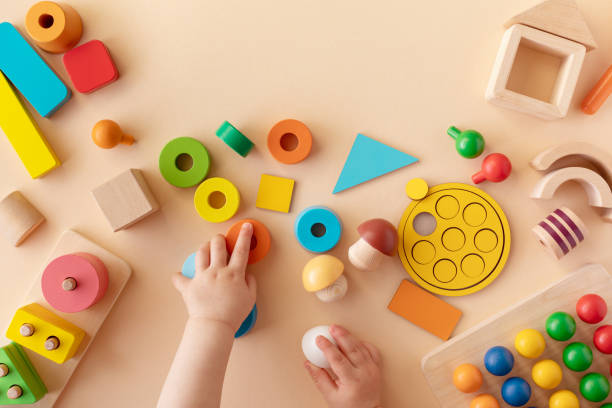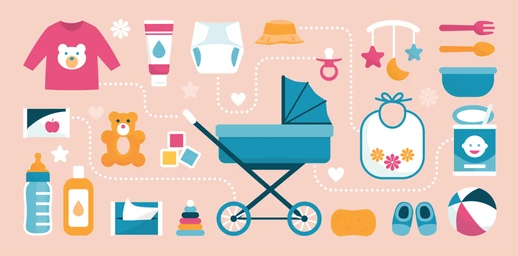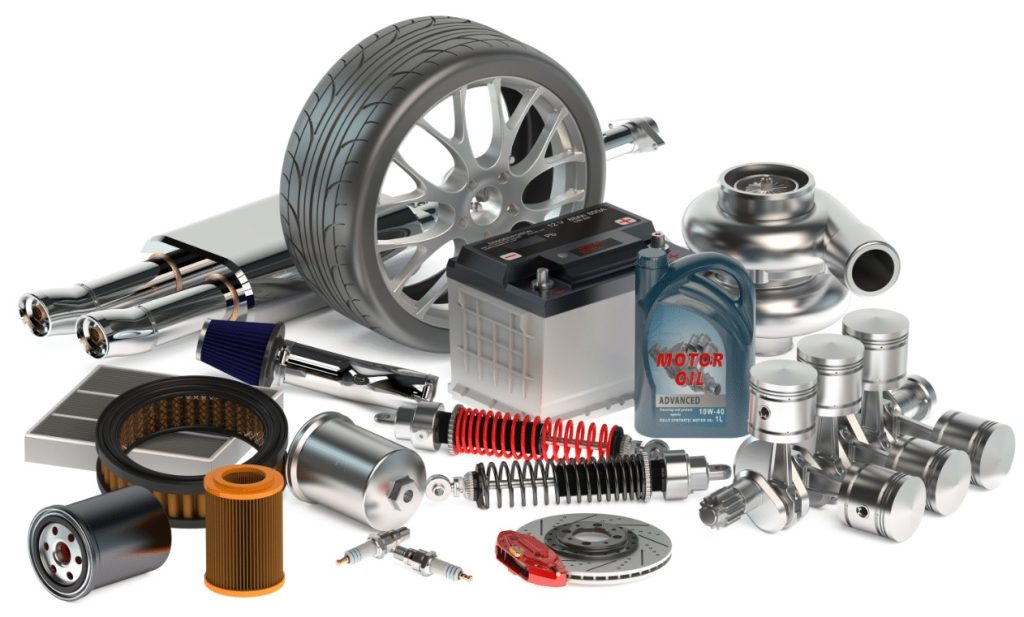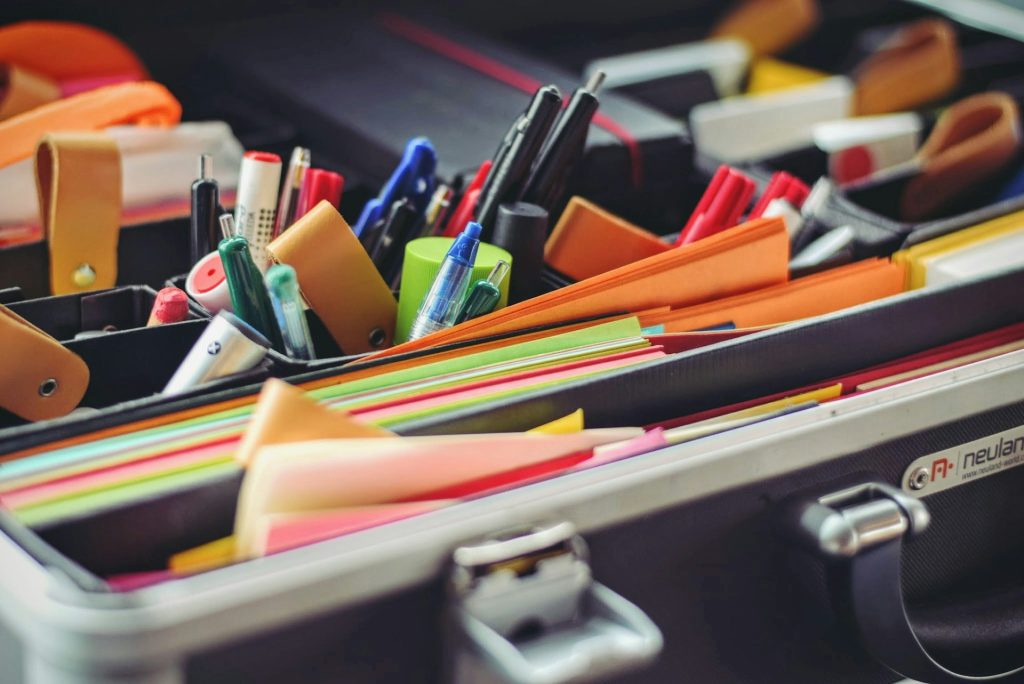So planen Sie Ihre Mahlzeiten vor dem Einkauf: Ein praktischer Leitfaden zum Sparen von Zeit, Geld und Stress
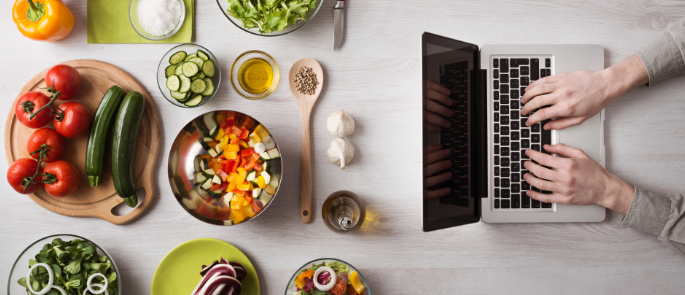
How to plan your meals before you shop Save time, money and reduce stress!
Grocery shopping without a plan is perfect if you’re trying to go on a road trip without knowing where you’re going—you’ll probably reach your destination, but it may involve some wrong turns and backtracking. This is where meal planning comes in… Not only is it the best way to make your grocery shopping faster and healthier, but it’s also effectively cheaper!
That’s why we decided to write a step-by-step guide on how to meal plan properly before you go shopping… whether you’re doing it just for yourself or feeding an entire family of five.
- Start with your calendar
First, look at the week ahead—before you even think about what to cook. How many meals should you eat? Will you be eating out, traveling, or attending an event some days? Will you be working late into the night?
This way, you’ll have a sense of what your schedule looks like, rather than overbuying (and then having too few plans) or underplanning. For example, you may know that Thursday nights are always a busy night at your house—a good night for leftovers or slow cooker cooking!
- Start by recognizing what you already own
Before you plan anything, let’s take a look at what you have in your fridge, freezer, and pantry. You may already have some components that can be incorporated into your meals. That half bag of frozen peas, the cans of beans, or the leftover roast chicken from Sunday can all become part of next week’s meals.
This step helps reduce food waste, save money, and minimize the likelihood of buying the same thing twice.
- Choose your meals carefully
But that’s also the fun part: what to eat?! Try to maintain a good balance between quicker meals and more time-consuming recipes. Start simple if you’re new to it: Find 2-3 dinner recipes, make some leftovers, then add a few breakfast and lunch ideas.
Here are a few tips:
- Get creative: Vary the protein (chicken, beans, tofu) to keep the pots unique.
- Go two for one: Think of dishes that can use the same ingredients. For example, buy a batch of spinach that you can use in both stir-fries and omelets.
- Leftovers rule: Make extra so you never ;p don’t have time to cook; as an excuse careerism LeftY the length only once for a Sep EDYOU Chili, pasta, or soup (when made in large batches) can also make great lunches and dinners.
- Create a detailed shopping list
After you’ve planned your meals, list all the ingredients needed to prepare them. Then, review the schedule again and cross off the ones you already have! List all the items in a final, organized list by fruits and vegetables, milk, meat, pantry, frozen… This will make your trip to the store smoother and faster.
Also think about the snacks, drinks and staple foods (like bread, milk or spices) that may not be included as an ingredient in a recipe, but we use them in our everyday lives.
- Consider portions and storage
Be honest with yourself about portion sizes and containers when preparing meals. If you’re cooking for one or possibly a couple, six servings of anything is too much until it tastes portioned and frosty.
Prepare storage containers and take advantage of a “leftover night” if your fridge looks full on Wednesday.
- Leave room for flexibility
Life happens. There might be a surprise at dinner, or you just don’t feel like cooking that night. Build a little flexibility into your plan. You should also have one or two super-quick, easy “backup” meals on hand… like a frozen pizza (or make your own), steamed pasta with jarred sauce, an EatNow meal kit, etc. So you’re never tempted to get takeout.
- All])). Bonus tip: Use meal planning tools
THE DIGITAL If you’re a lover of all things digital, there’s no shortage of websites and apps that help you plan meals as easily as possible. * Mealime, Paprika, or Plan to Eat – these apps allow you to keep recipes handy and create a shopping list… Heck, they even let you know how much of each ingredient you have left in your pantry.
Prefer pen and paper? Go old school. Print out a simple weekly planner and stick it on your fridge—it’ll also serve as a reminder for you (and your family) of what you were planning to cook.
Final thoughts
Meal planning isn’t just a battle plan for ultra-organized individuals or health gurus. It’s the average Joe and Jane lunchbox equivalent of determining your own eating habits. In just 30 to 60 minutes per week of meal planning before you go grocery shopping, so many benefits will manifest, helping you save money on groceries, as mentioned above, while working toward multiple areas. Sleep well and eat better.
Give it a shot for seven days, see if you like it. You would be amazed though, at how much simpler your life gets when the meals have already been planned and you actually HAVE everything right in the fridge.














































































